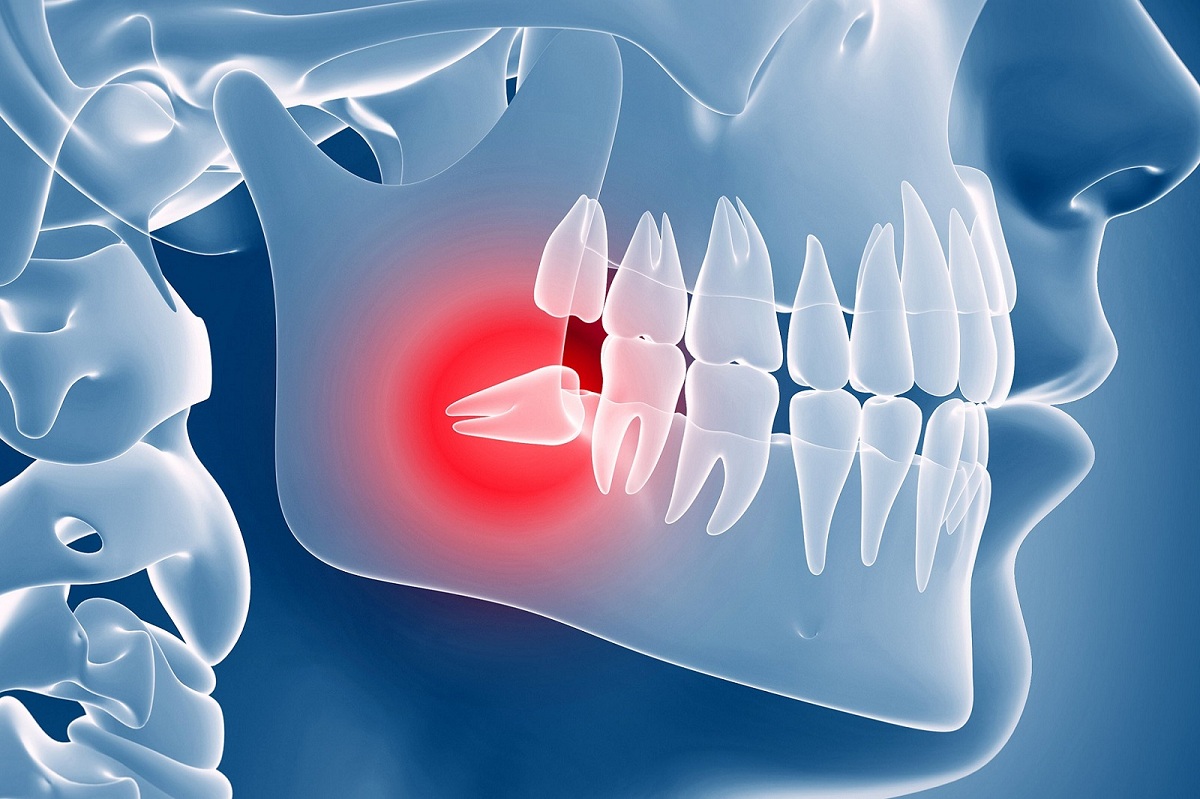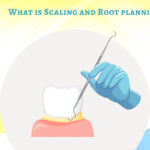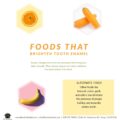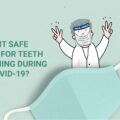
oral health
edental
6 May 2019
Wisdom Teeth Removal – 5 Awesome Tips for Recovery
The Third molars or the Wisdom teeth are the teeth farthest away in the dental arches and for some people they might not even develop throughout the life time. They are four in number, two in the upper jaw and two in the lower jaw with one on each of the left and the right side. It is also possible for a person to have more than four wisdom teeth. The wisdom teeth removal is quite painful in some of the cases.
For many, the wisdom teeth aren’t visible because they have become impacted the gums and not normally erupted through them. To verify if the tooth has impacted the tissue ones needs to verify it by a radiography. A panoramic radiography is usually the preferred X-ray to help assess the angle of eruption and state of development of the tooth. In early adulthood, between the ages of 19 to 25, one can either visualize the growth of wisdom tooth or they can feel the effect and pain before visualizing it.
Wisdom teeth symptoms can include:
● Pain at the back of the mouth, behind the molars. This pain will gradually increase with time as the wisdom teeth continue to grow in misaligned or sideways, pressing on nerves and bone, and crowding surrounding teeth
● Other wisdom teeth symptoms include pain, redness, tenderness and/or swelling around the site. As wisdom teeth begin to erupt through the surface of the gums, this allows bacteria to enter through open tissue, which can result in infection. Oral infections have been shown to affect your overall health as well like heart problems.
● It’s also possible for wisdom teeth to become impacted, a state in which the jaw bone or neighboring teeth block the teeth from erupting. They become trapped in place as their roots continue to elongate, and the longer they remain impacted, the more likely they are to cause problems for your oral and general health. Wisdom teeth symptoms due to the impact include severe pain at the back of the mouth, infection, and other complications. Foul breath, bad taste upon chewing food, redness and swelling can all be signs of infection. If left untreated, impacted wisdom teeth can breed cysts and, in rare cases, tumors.
How to Manage Your Teen’s Dental Health Habits
Wisdom Teeth Removal is considered the best possible way to fix this problem. I can give you five best tips which might just help you better throughout the process:
1. Plan well in advance, prepare for your recovery before your surgery. Talk to an oral surgeon or your general dentist about what to expect. He or she will have a list of guidelines for you to follow related to wisdom teeth extraction. Schedule your surgery to take place when you have a few days off for recovery and also ensure that there is someone to drive you home after the surgery.
2. Stick to a diet consisting of liquids right after your surgery. Gradually add solid foods, starting with softer foods, like pudding. Stay away from spicy or hot foods and avoid straws.
3. You may want to rush to return to your normal life as quickly as possible, but for your long-term recovery take things slowly. Relax as much as you can with your head elevated by pillows. Don’t exercise for at least a day. Wait a few more days for any strenuous exercise or heavy lifting. Rest is the best solution for this.
4. Your mouth will feel stiff after surgery. Because of this stiffness, you may not feel like opening your mouth at all, but it’s important that you do; otherwise, the stiffness can actually become permanent. The first time you open your mouth after surgery, do it slowly and gently and so on and so forth.
5. The day after wisdom teeth removal surgery, create a mouth rinse out of salt and warm water. Rinse with this mixture several times a day, especially after eating or drinking, to reduce swelling and pain.
Your oral surgeon will instruct you in wisdom teeth removal to bite down gently on a piece of gauze to reduce bleeding. After 12 hours, I suggest you to consider switching to a damp tea bag instead. Tea leaves can help reduce pain and encourage clotting.




